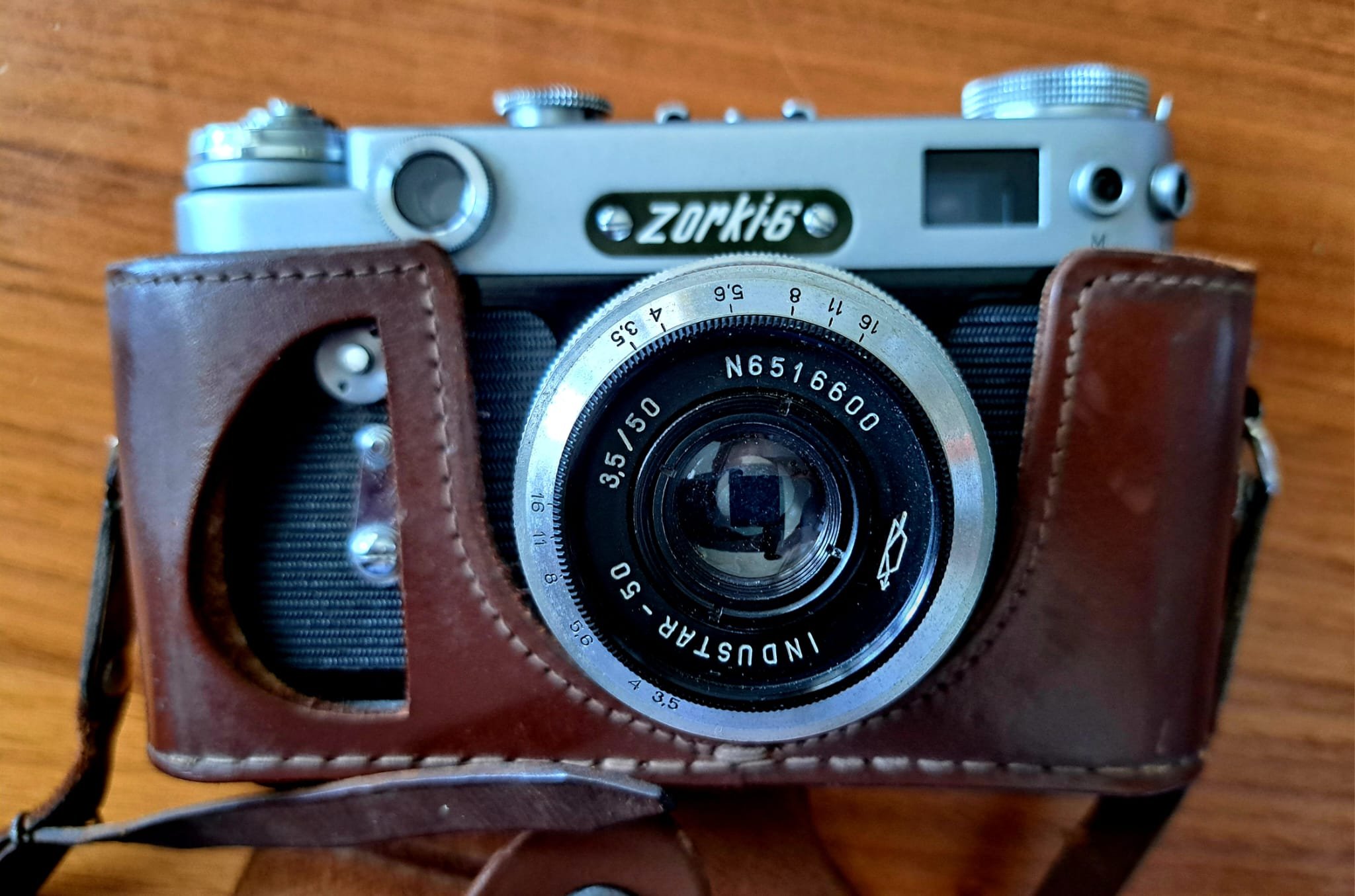Photographing Prague and South Bohemia in Late Autumn
/Prague and South Bohemia offer a particular rhythm in late autumn. The crowds thin, the light becomes restrained, and both city and countryside reveal a quieter form of presence. This is not the season of grand postcards. It is the season of narrow lanes at first light, fog hanging over river valleys, church towers emerging through low cloud, and the sound of feet on old cobbles. It is a landscape for photographers who value patience and observation.
Prague, Beyond the Viewpoints
Prague rewards those who slow down. It is easy to chase the city, to move from landmark to landmark, framing what has been framed a thousand times. The better approach is to wait. The bridges and the castle become different places at dawn. The river takes on a reflective calm. The soft hum of trams replaces the daytime noise. In the old quarters, the architecture holds centuries of lived texture. Layers, not spectacle, are what matter here.
The city works especially well in subdued weather. Flat light removes distraction. Surfaces become tonal. Architectural lines settle into balance. When the city is quiet, Prague becomes a study in geometry and silence.
South Bohemia, Villages and Valleys
South Bohemia brings a different tempo. Villages with timber-framed houses, old mills along the rivers, fortified churches, and wide, open fields. The structures are humble but deeply rooted in local history. The visual language here is slower, more spacious, and more reliant on reading the environment rather than isolating a single subject.
Walking through these places, the camera becomes a way to understand how landscape and community shape one another. Light changes gently. Colours are muted. Photographs come not from searching, but from being present.











Working With Weather and Light
Autumn here is defined by soft light, fog, and shifting brightness. The best photographs often appear in transition, when a bank of mist clears just enough to reveal a tower or a hill line. Early morning is essential. Twilight, too. Midday is still usable, but it requires attention to shadows, surfaces, and how the light interacts with stone and water.
The goal is not to chase dramatic sky. It is to understand tone and quietness. These conditions produce work that lasts.
A Closing Note
For those who want to work in these places, the region is at its best when approached with time and attention. Prague and South Bohemia are not subjects to conquer. They are environments to inhabit. Depth comes from returning to the same corners, waiting for the right light, and seeing how the place unfolds when it is not performing for anyone.
I lead small, focused photography workshops here in spring and autumn for photographers who value observation, rhythm, and real engagement with place. The workshop pages include dates, itineraries, and booking information.
Link https://www.msecchi.com/prague-bohemia-photography-workshop
If you are interested in the 50mm focal length…but not only…I recently wrote this post

































